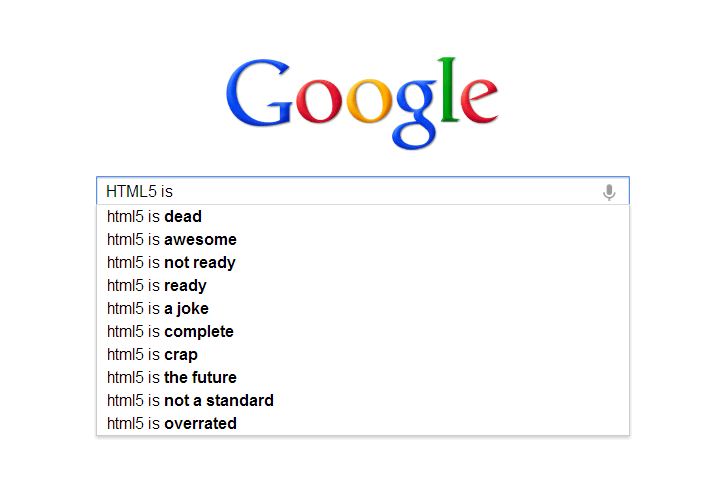
If you’re looking for controversy, try typing “HTML5 is” into your browser and spend an hour reading through the various pros and cons of the web’s latest update. Some claim that HTML5 levels the playing fields, while others call it a premature technology with no near-term place in technology’s value chain.

Unlock premium content and VIP community perks with GB M A X!
Join now to enjoy our free and premium membership perks.
![]()

![]()